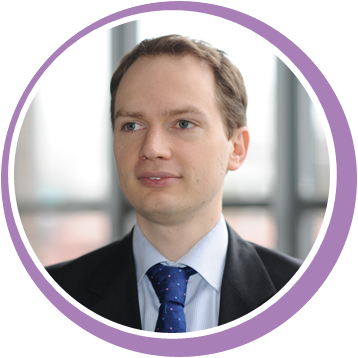Smaller Text | Site map

Chris Broyd is a Specialist Registrar in cardiology with an interest in interventional structural heart disease. He is supported by the Imperial College charitable trustees and is carrying out a PhD to investigate the changes that occur after Transcatheter Aortic Valve Implantation (TAVI).
In a significant proportion of the population, the aortic valve becomes increasingly ‘tight’ as time progresses resulting in a valve in old age that does not open properly and therefore does not allow blood to be ejected from the heart efficiently. This is called aortic stenosis. In a subgroup of patients with aortic stenosis who are too high risk for conventional surgery, the valve can be replaced in a minimally invasive fashion without the need for open heart surgery or cardiac bypass.
‘This unique procedure will allow us to investigate the effects that aortic stenosis has on the blood supply to the heart and the rest of the body through invasive measurements, non-invasive ultrasound measurements and MRI studies of the heart and great vessels. We will also be able to quantify the changes that occur with TAVI and thereby demonstrate its beneficial effects.’
Chris Broyd
